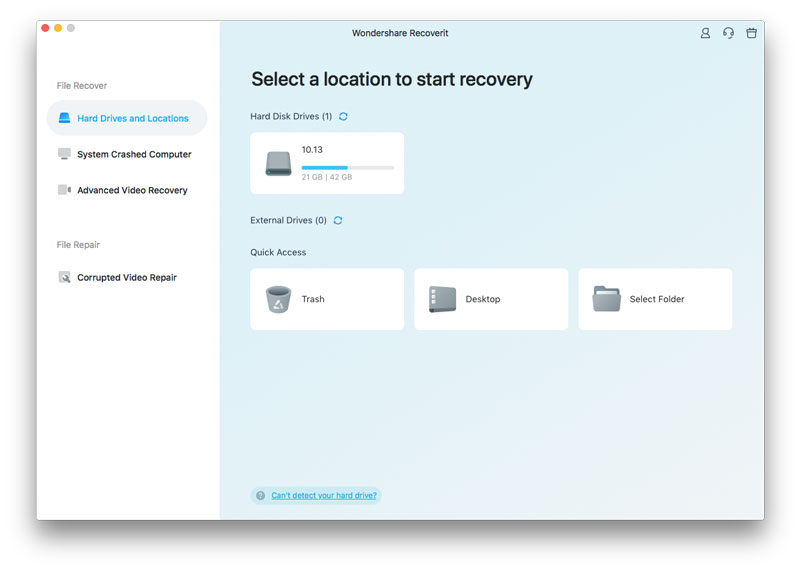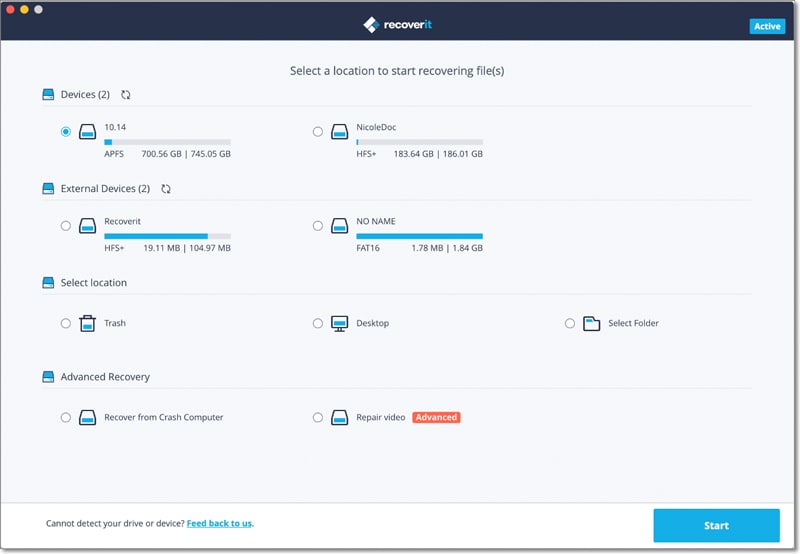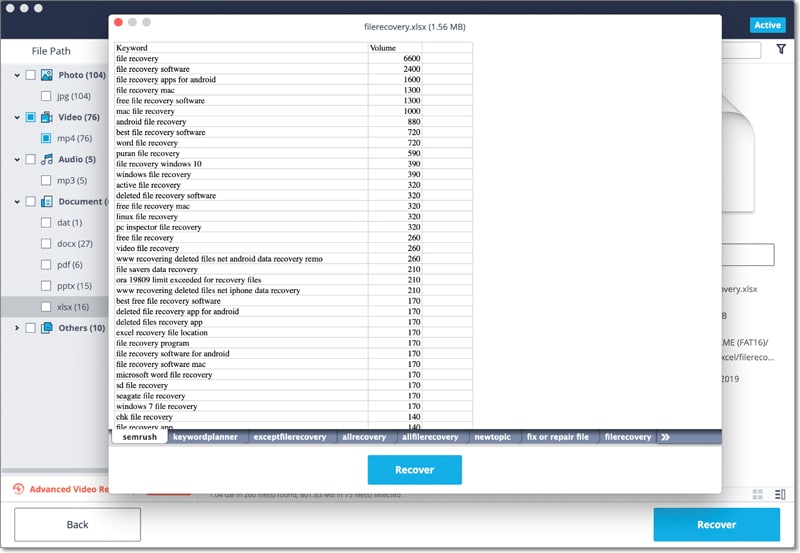"I accidentally deleted a folder containing images of my child. Is there any way that I can do physical hard drive recovery to get them back as I do not have any other backup?" --- From a user.
Such accidental situations happen from time to time for many of us. As we trust the hard disk to have a longer life than memory cards in a digital camera, you do not keep other backups. We never think about the circumstances that we will have to face when the hard disk itself is problematic or when we accidentally deleted a folder. We will be in the state of panic and frustration increases because of the absence of a proper solution. Fortunately, software advancement provided you and in fact me, the opportunity to get back lost or deleted data from the hard disk. Many of the programs are also capable of retrieving data from a formatted partition. In this publication, they will present you with the recommended solution along with tips that will help you fix broken the hard drive.s
Part 1. Physical Damaged Hard Drive Data Recovery on Mac and Windows
Data recovery from a hard disk running on Mac and Windows is a sensitive issue. Treating them with utmost care is critical. The primary aspect for a user to remember is that they should stop using the hard disk/Mac/PC if they sense a loss of data. The process will help in easy retrieval of deleted or lost data. The recommended program for physical hard drive recovery iSkysoft Data Recovery for Mac (or iSkysoft Data Recovery for Windows).
With the support of the program, you will be in control and state where you can set the parameters to retrieve deleted content in a few simple steps. Why are we recommending Recoverit (IS)? The reason is simple - it is because of the straightforwardness it offers along with the up-to-date technology that easily fetches more than 90% of lost data.
Why Choose This Physical Hard Drive Recovery Software:
- Pioneering recovery modes - lost data, raw data, partition, and resume recovery.
- Smooth functionality on an NTFS, FAT32, HFSX, and HFS+ file systems.

- Revolutionary technology that is compatible with Mac OS 10.5 through to 10.12, Windows 10 and former.
- Preview ability for selective marking of files.
Step-by-Step Guide for Physical Hard Drive Recovery
You have an excellent opportunity to test the potentiality of the software by downloading online directly. Performing the installation is simple, which is similar to that of other applications on a Mac. However, make it a point not to install it on a system that has data loss.
Step 1. Install the software on another Mac and launch the program. You can connect the problematic hard disk to the system using the USB cable. The product window will show you the pioneering recovery modes. Click the file types to be recovered. Or directly choose "All File Types".

Step 2. From the list, select the partition of the corrupted hard drive that contains relevant documents, photos, music, or video files and use the "Start" button on the menu bar. You can scan for all the files or only the deleted files using the options provided within the window.

Step 3. iSkysoft Physical Hard Drive Recovery software will arrange the recoverable files based on file structures. You can use the preview screen to view the content of a file. You can begin marking the files that are important using this feature and use "Recover" button to save them on a different drive.

Part 2. 10 Tips on How to Diagnose and Fix Physical Broken Hard Drive Recovery
1. Physical Status: Check the physical status of the hard disk to ensure that it is not functioning. If it is making noise, your drive is no longer alive.
2. Hardware Connections: You can unplug all the cables from the hard disk and re-plug to ensure any loose connectivity. Ensure there are no bent or broken wires.
3. Visual Check up: There is a possibility that the motherboard could be causing the problem in some cases. In such scenarios, look for signs of damage, find the information about replacing the PCB, replacement of parts a for drive, and follow the procedure to reconstruct the hard disk. You can reconnect it to the computer and see if it is working.
4. Drive Recognition: Ensure that the operating system is able to recognize that drive. You can do so by using the Windows disk Management or BIOS management features.
5. Repairing Choices: If the data in the hard drive is worth saving, then it is preferable to visit a recovery company. Attempting to perform by self will lead to total loss of the data.
6. Do it yourself: You can search the Internet to find drive replacement parts and information about replacing them and using it to retrieve information.
7. Professional Assistance: The only method that will keep your drive running is by seeking the assistance of a professional. The turnaround time is quicker and so is the percentage of data retrieval.
8. Drive sound: If you are hearing a clicking sound for the first time, then do not run the hard disk as it could lead to damage of the magnetic layer that contains the data. When you are trying to attempt a self or repair procedure, it is important that you possess knowledge or undergo legal certification programs. Inappropriate handling will either work or kill the drive entirely.
9. Physical Test: Hold the hard disk in hand and spin the magnetic layer back and forth. If you cannot hear any noise, then you probably have a seized spindle or bearing. Opening the drive in such a condition will kill it making it impossible to get back the data.
10. Environment Testing: Preheat an oven and turn it off. Place the drive for about three minutes. The process will shrink the metal parts, which will help in smooth rotation of the magnetic layer.






